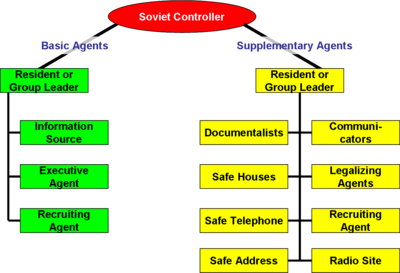Bank Reconciliation: Purpose, Example, Process

Regular bank reconciliation double-checks that all payments have been accurately processed. This includes payments by customers to your company and payments from your company to employees, contractors, and other goods and services providers. An NSF (not sufficient funds) check is a check that has not been honored by the bank due to insufficient funds in the entity’s bank accounts. This means that the check amount has not been deposited in your bank account and hence needs to be deducted from your cash account records. Regularly reconciling your bank statements helps businesses detect potential issues with their financial recording system, making it easier to rectify those problems quickly. This can range from one-off errors such as calculation mistakes or double payments to major concerns like theft and fraud.
Which of these is most important for your financial advisor to have?
- For timing differences, the company must cancel out the effect of outstanding checks and deposits in transit.
- However, sometimes there are differences between the two balances and so you’ll need to identify the underlying reasons for such differences.
- The more frequently you do a bank reconciliation, the easier it is to catch any errors.
- We may earn a commission when you click on a link or make a purchase through the links on our site.
- More importantly, bank reconciliation can play a crucial role in catching any fraudulent activity.
- Not-sufficient funds (NSF) refers to a situation when your bank does not honour a check, because the current account, on which the check is drawn, has insufficient funds.
More specifically, a bank reconciliation means balancing your bank statements with your bookkeeping. Regularly creating a bank reconciliation statement allows you to find errors by comparing your company ledger with your bank statement. If you’re using accounting software, it may give you the option to connect your bank account so transactions are automatically downloaded and categorized. This can save you some time, although it’s important to periodically check everything manually to ensure its accuracy and that there are no bank errors. For some companies, though, tax season when you’re self employed vs freelance preparing the bank reconciliation again may not be an option.

What are some things that can go wrong when reconciling accounts?
All of your bank and credit card transactions automatically sync to QuickBooks to help you seamlessly track your income & expenses. At Finance Strategists, we partner with financial experts to ensure the accuracy of our financial content. The articles and research support materials available on this site are educational and are not intended to be investment or tax advice.
Transposition error
In addition to this, the reconciliation process also helps keep track the occurrence of fraud, which can help you control your business’ cash receipts and payments. If not, you’re most likely looking at an error in your books (or a bank error, which is less likely but possible). If you suspect an error in your books, see some common bank reconciliation errors below. Bankrate.com is an independent, advertising-supported publisher and comparison service. We are compensated in exchange for placement of sponsored products and services, or by you clicking on certain links posted on our site.
Since these are all unrecorded differences, ABC Co. depreciation methods 4 types of depreciation you must know! must record them in its accounting system. A company, ABC Co., receives a bank statement from one of its banks stating the balance in the bank account to be $2,650. Since the company has already obtained the balance from both the documents, the first step for bank reconciliation is complete.
To reconcile the differences in both balances, the company must prepare a bank reconciliation statement. To reconcile bank accounts, compare your bank statement to your records, noting any discrepancies. Adjust your records to match the bank statement, considering deposits, withdrawals, fees, and errors. A bank reconciliation is an essential process for ensuring that your company’s financial statements match the available cash in your business bank account. Performing regular bank reconciliations helps you stay on top of cash flow, keep organized records for tax season, and minimize the risk of fraud and theft.
Step 2 of 3
Our team of reviewers are established professionals with decades of experience in areas of personal finance and hold many advanced degrees and certifications. 11 Financial may only transact business in those states in which it is registered, or qualifies for an exemption or exclusion from registration requirements. 11 Financial’s website is limited to the dissemination of general information pertaining to its advisory services, together with access to additional investment-related information, publications, and links.
Note that transactions may take a few days to clear, so the transaction date in your financial records may not precisely suspense account match the date on your bank statement. Greg’s January financial statement for the company shows $100,000 in cash, but the bank statement shows only $88,000. It’s recommended for a company to perform a bank reconciliation at least once a month. If your company receives bank statements more frequently, for example, every week, you may also choose to do a bank reconciliation for every statement you receive.

No Comment